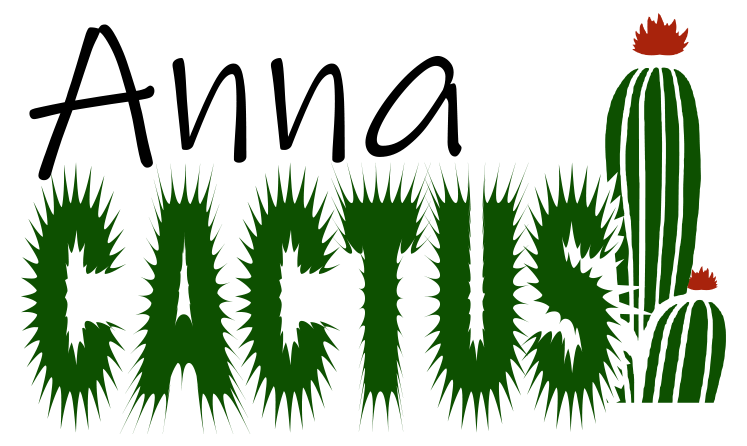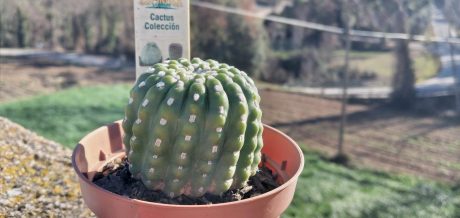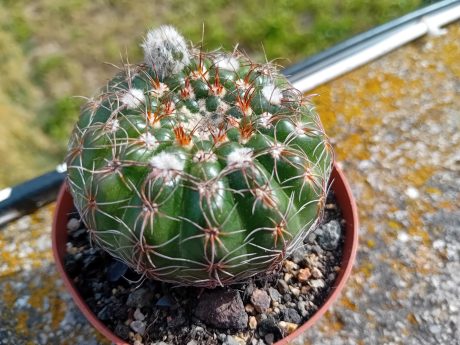I’m presenting you with a cactus of which very little is known. It is the Notocactus uebelmannianus var. Brevispinus, which originates from Brazil, in the Rio Grande Do Sul area and is known by its common name cactus balloon or by its scientific synonym Parodia werneri. It is a generally solitary cactus that sometimes branches and reproduces forming small groups.
It has the body of a bright dark green, it is globular when small and as it grows it becomes columnar. It measures up to twelve centimeters in height by seventeen in diameter. It grows on flattened rocky terrain between agricultural land. Unfortunately, however, it is seriously endangered in its native habitat, as much of the land being cultivated is for crops or pastures.
The spines are quite curious. It has six ray-shaped spikes, ten to thirty millimeters long. They are pressed against the body of the cactus and while one points down, the others are all unequal and white or grayish in color. It usually has no central spines. Areoles are round, quite large, dull white or felt color and each has a deep hole underneath. It has between twelve and sixteen ribs that are flat or slightly round.
As for the flower, it is quite small about five centimeters in diameter and has a short, bright funnel shape, may be red wine to dark magenta of various shades, or pure yellow. Sometimes purple flowers come out, but yellow is the most abundant and most typical of this variety. It blooms from spring to early summer, when it reaches seven centimeters in diameter if the flower stays well each year.
It wants direct sun, but he also appreciates having a half shade. It tolerates cold as long as it is not very moderate, up to five positive degrees. Reload twice a month from March to September, and leave the substrate dry during autumn and winter.






Reviews
There are no reviews yet.